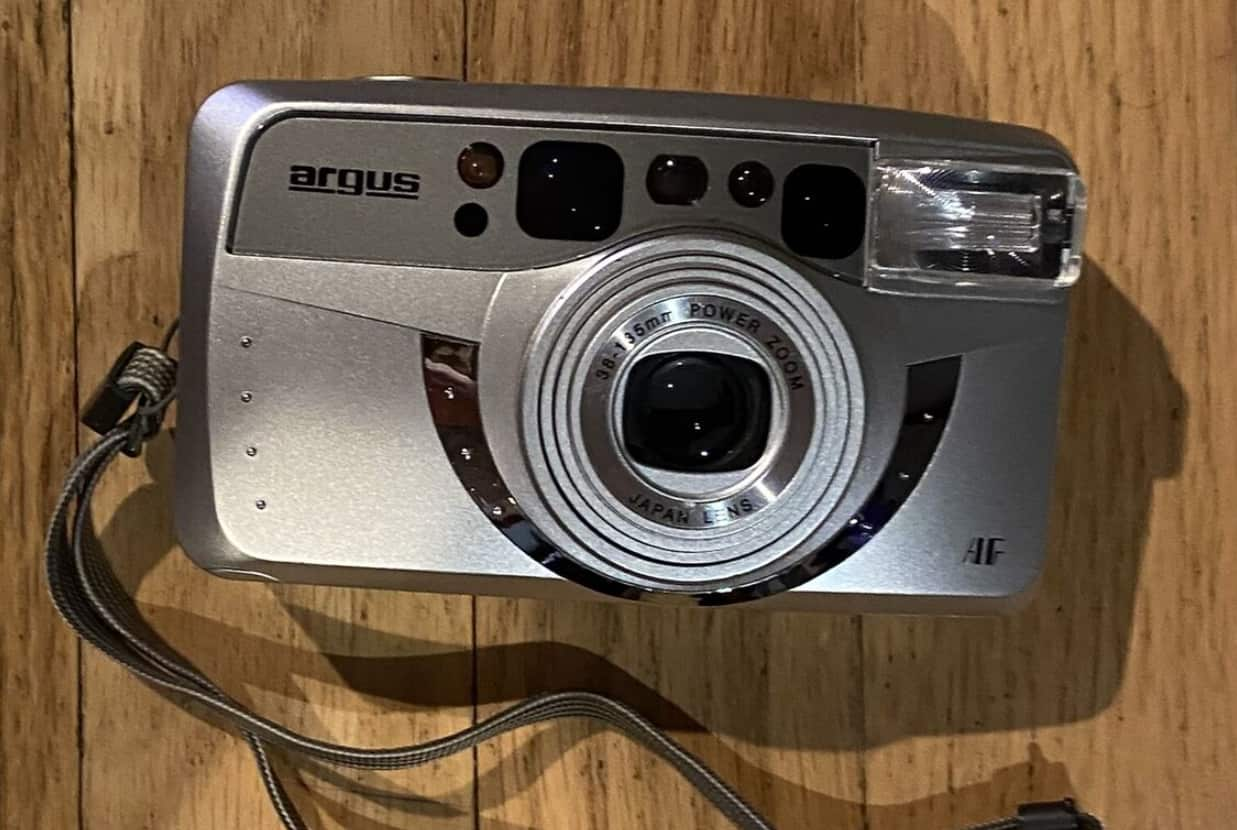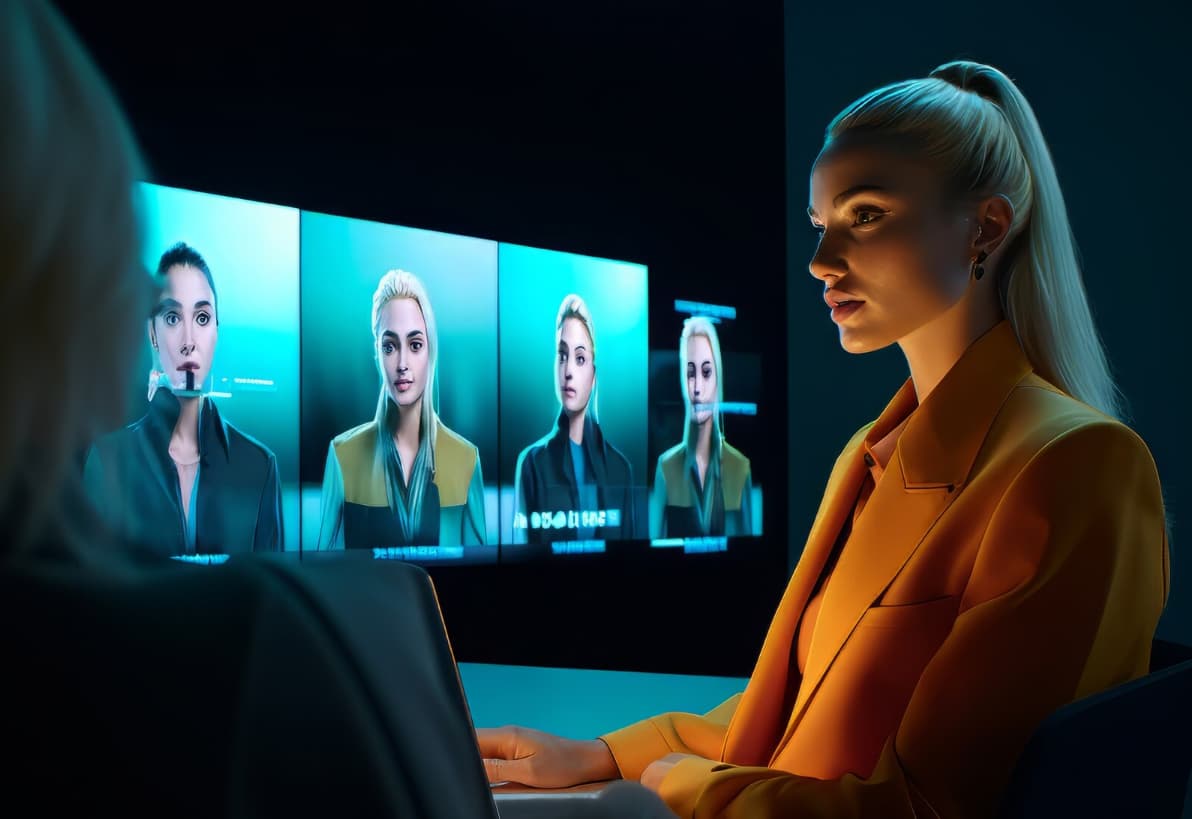Have you ever wanted to take amazing photos but felt overwhelmed by all the camera settings? Well, you’re in luck! The argus m5700d auto focus/program exposure is here to make your life easier.
This nifty camera is packed with features that help you capture stunning images without needing a degree in photography.
Imagine you’re on a family trip, and you want to snap a picture of your kids playing in the park. With the Argus M5700D, you don’t have to worry about fiddling with complicated settings.
The auto focus feature makes sure your subjects are sharp and clear, while the program exposure takes care of getting the right amount of light. It’s like having a tiny photography expert built right into your camera!
Argus M5700D Auto Focus/Program Exposure

In this guide, we’ll explore all the cool things the Argus M5700D can do.
We’ll break down the techy stuff into easy-to-understand bits, so even if you’re new to photography, you’ll feel like a pro in no time.
We’ll cover everything from how auto focus works its magic to tips on taking awesome photos in different situations.
So, grab your Argus M5700D, and let’s dive into the world of hassle-free photography.
By the end of this guide, you’ll be snapping pictures like a pro and impressing all your friends and family with your newfound skills. Ready to get started? Let’s go!
Understanding Argus M5700D Auto Focus/Program Exposure
Let’s start by getting to know your camera better. The Argus M5700D is like a smart friend who’s always ready to help you take great photos. It has two main features that make your life easier: auto focus and program exposure.
How Auto Focus Works?
Auto focus is like having a super-smart eye in your camera. Here’s how it works:
- You point your camera at something you want to photograph.
- The camera sends out invisible signals to figure out how far away your subject is.
- It then moves the lens to make sure your subject is sharp and clear.
- All of this happens in the blink of an eye!
It’s pretty amazing when you think about it. Your camera does all this complex stuff just to make sure your photos aren’t blurry.
Types of Auto Focus
The Argus M5700D isn’t a one-trick pony. It has different types of auto focus to help you in various situations:
- Single-Shot Auto Focus: This is great for things that don’t move, like buildings or sleeping pets. The camera focuses once when you press the button halfway.
- Continuous Auto Focus: Perfect for active subjects like kids playing or dogs running. The camera keeps adjusting the focus as long as you hold the button halfway.
- Tracking Auto Focus: This is like having a tiny camera crew following your subject. It’s awesome for sports or wildlife photography.
Factors Affecting Auto Focus Accuracy
Even though auto focus is pretty smart, it can sometimes get confused. Here are some things that might trip it up:
- Low Light: When it’s dark, the camera might struggle to see clearly, just like we do.
- Lack of Contrast: If everything in your photo is the same color, the camera might not know what to focus on.
- Fast-Moving Subjects: Quick movements can be hard for the camera to keep up with.
- Reflective Surfaces: Shiny things can confuse the camera’s sensors.
Tips for Optimal Auto Focus Performance
Want to help your camera do its best? Try these tips:
- Use the Center Focus Point: The middle of your camera view is usually the most accurate for focusing.
- Half-Press the Shutter: This tells the camera to focus before you take the picture.
- Keep Your Lens Clean: A dirty lens can make it hard for the camera to see clearly.
- Use a Tripod: This keeps your camera still, which helps with focusing.
- Practice: The more you use your camera, the better you’ll understand how it works.
Mastering Argus M5700D Auto Focus/Program Exposure
Now that we’ve covered auto focus, let’s talk about the other cool feature of your Argus M5700D: program exposure.
How Program Exposure Works?
Program exposure is like having a tiny photographer inside your camera. Here’s what it does:
- It looks at how bright or dark the scene is.
- It decides how wide to open the lens (aperture) and how long to keep it open (shutter speed).
- It balances these settings to make sure your photo isn’t too bright or too dark.
It’s like having a friend who always knows how to set up the perfect lighting for your photos!
Best Practices for Program Exposure
To get the most out of program exposure, try these tips:
- Check Your Results: After taking a photo, look at it on the camera screen. If it’s too bright or dark, you can adjust the exposure compensation.
- Use the Histogram: This is a graph that shows how light and dark your photo is. It can help you spot problems your eyes might miss.
- Experiment: Try taking the same photo with different exposure settings to see what you like best.
- Consider the Scene: Program exposure works great for many situations, but for very bright or dark scenes, you might need to step in and adjust things manually.
Argus M5700D Auto Focus/Program Exposure in Specific Scenarios
Let’s look at how to use your Argus M5700D in different situations:
Portrait Photography
When taking pictures of people:
- Use Single-Shot Auto Focus and aim for the eyes.
- Try using a wider aperture (smaller f-number) to blur the background.
- Program exposure usually works well, but you might want to brighten things a bit for a cheerful look.
Landscape Photography
For those beautiful nature shots:
- Use Continuous Auto Focus if there’s movement in the scene (like flowing water).
- A smaller aperture (larger f-number) keeps more of the scene in focus.
- Program exposure is great here, but you might need to adjust for very bright skies.
Low-Light Photography
When it’s dark:
- Use a tripod if you can. This helps keep things steady.
- Try increasing the ISO (this makes the camera more sensitive to light).
- Program exposure might make things too dark, so you might need to adjust it to brighten the image.
Sports Photography
For action shots:
- Continuous Auto Focus is your best friend here.
- Use a fast shutter speed to freeze the action.
- Program exposure works well, but be ready to adjust if the lighting changes quickly.
Troubleshooting Common Issues
Even with a great camera like the Argus M5700D, you might run into some problems. Here’s how to fix them:
- Blurry Photos:
- Check if your lens is clean.
- Make sure you’re not too close to your subject.
- Try using a faster shutter speed.
- Dark Photos:
- Increase the ISO.
- Use a wider aperture (smaller f-number).
- Adjust the exposure compensation to make things brighter.
- Auto Focus Not Working:
- Make sure there’s enough light.
- Try focusing on something with more contrast.
- Clean your lens and camera sensors.
FAQ’s: Argus M5700D Auto Focus/Program Exposure
- Q: What does auto focus focus on?
A: Auto focus typically focuses on whatever is in the center of your frame or on the area you’ve selected. It looks for things with clear edges or contrast to lock onto.
- Q: What is the principle of auto focus?
A: Auto focus works by detecting contrast in the image. It moves the lens back and forth until it finds the position where the subject looks sharpest.
- Q: When should I use auto focus?
A: Auto focus is great for most situations, especially when things are moving or you need to take photos quickly. Use it for everyday shots, action photos, and when you’re unsure about manual focusing.
- Q: What is laser auto focus?
A: Laser auto focus uses a laser beam to measure the distance to your subject. It’s very fast and works well in low light. However, the Argus M5700D doesn’t use this type of auto focus.
Conclusion: Argus M5700D Auto Focus/Program Exposure
Wow, we’ve covered a lot! Let’s recap the main points:
- The Argus M5700D has awesome auto focus and program exposure features that make taking great photos easier.
- Auto focus helps keep your subjects sharp, while program exposure balances the light in your photos.
- Different situations call for different settings, but with practice, you’ll get the hang of it.
- Even if you run into problems, there are usually simple fixes.
Remember, the best way to get better at photography is to practice. Don’t be afraid to experiment with your Argus M5700D. Take lots of pictures, try different settings, and most importantly, have fun!
With your new knowledge and your trusty Argus M5700D, you’re all set to capture some amazing memories. So get out there and start snapping!



